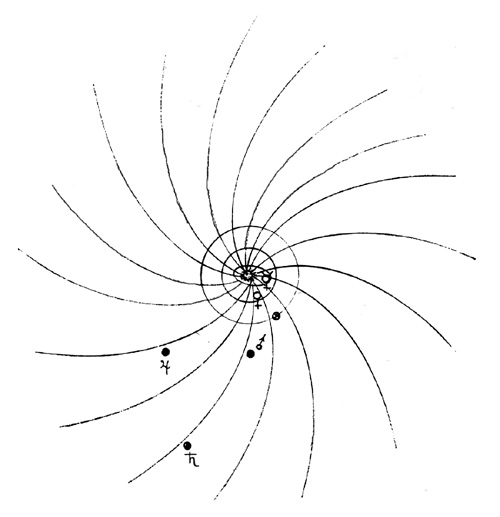
Kepler’s theory of the solar magnet can be distinguished from his theory of species Immateriata. Kepler’scelestial hypothesis also required a motion perpendicular to the radius vector (the species Immateriata). Following Aristotle’s principles of motion, that motion required a mover, Kepler was oblidged to explain why the planets moved at all. Further, he was obliged to explain why the planets did not follow perfect circular paths. Hence, Kepler posited l) magnetic attractions and repulsions between the sun and planets; and 2) the motion of the planets due to the species immateriata. Hence, Kepler held that the planets move naturally in circular paths but are drawn from that perfect path by the Sun (a curious bi-polar magnet). Kepler’s celestial physics is an odd amalgam of Aristotellan physics, Platonic Idealism, Gilbertian magnetic speculations, and sound empirical investigation.